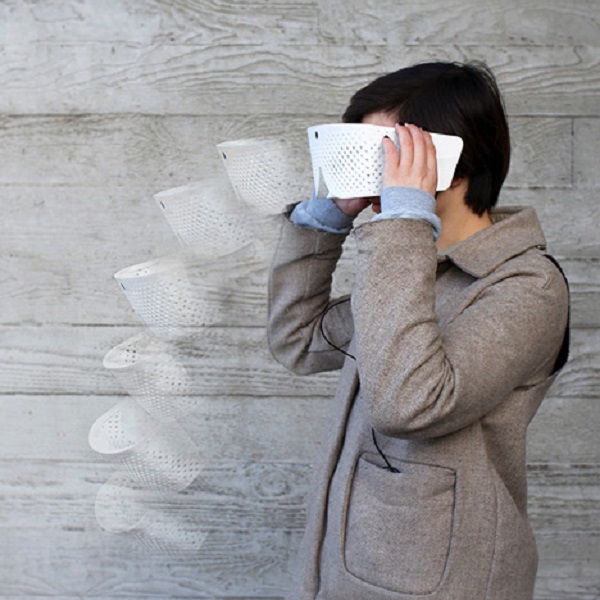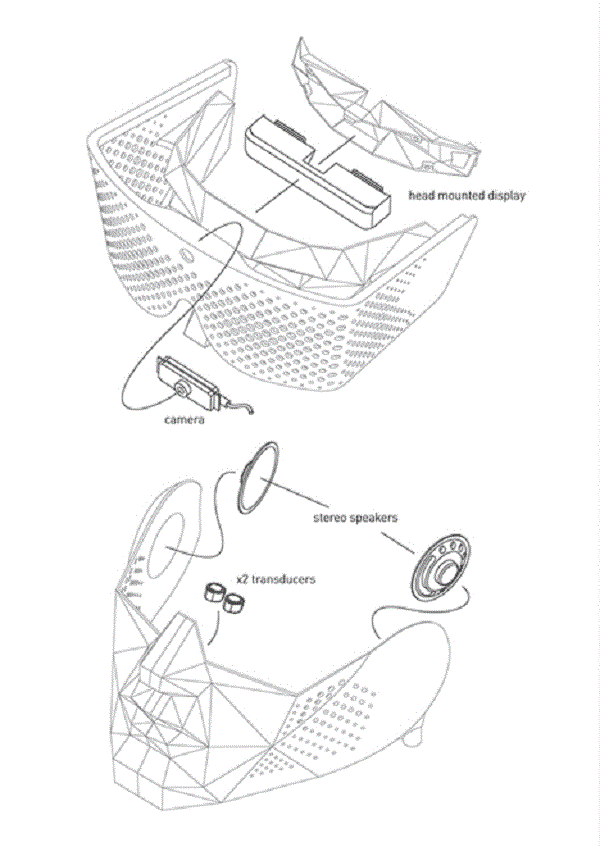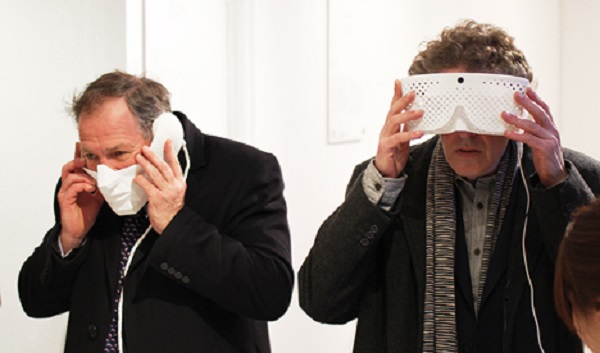We no longer have to hope that we would get superpowers via some sort of genetic mutation, as some students have already developed an equipment that enhances our senses.
Four students at Royal College of Art in London, named Tim Bouckley, Millie Clive-Smith, Mi Eun Kim and Yuta Sugawara, created Eidos, an equipment that enhances visual and acoustic perception to some levels that are not usually possible for humans. The best thing about the two pieces that make up this equipment? They look like masks that conceal the identity of the wearers, thus enabling them to act as superheroes.

By using these masks, people get to focus their hearing or sight on a specific person or object, while ignoring all the others, at the same time. One could say that the designers of the Eidos equipment used the signal to noise concept from physics. Since we’re here, I highly recommend listening to Peter Gabriel’s Signal to Noise, which is a masterpiece of the former vocalist of Genesis. Back to Eidos, though, the designers emphasized the above idea when stating: “We’ve found that while we experience the world as many overlapping signals, we can use technology to first isolate and then amplify the one we want.”

The first mask, which can see in the first image, covers the ears and the lower half of the face. Upon capturing the audio signal with a directional microphone, the background noise is removed with the help of a piece of software. The headphones and a central mouthpiece facilitate the transmission of sound. The isolated audio signal reaches the inner ear via bone vibrations: “This creates the unique sensation of hearing someone talk right inside your head.”

The second piece of equipment is a headset that applies special effects to whatever video signal is captured with the head-mounted camera. The editing is not made on the spot, however. The video signal is transmitted to a computer where special software is used for applying the necessary effects. As a result, the person wearing this mask might have the impression that the movement patterns of people match the effects seen in long-exposure photography.

Since they are studying arts, the four students thought of such applications as sports events, opera, concerts and so on. In other words, any type of event that requires the spectators to focus specifically on a single person that is more important at a specific time.
Eidos – Sensory augmentation equipment (full version) from TJB on Vimeo.
If you liked this post, please check these Super Mario characters with X-Men superpowers and the 10 lamest superheroes.










